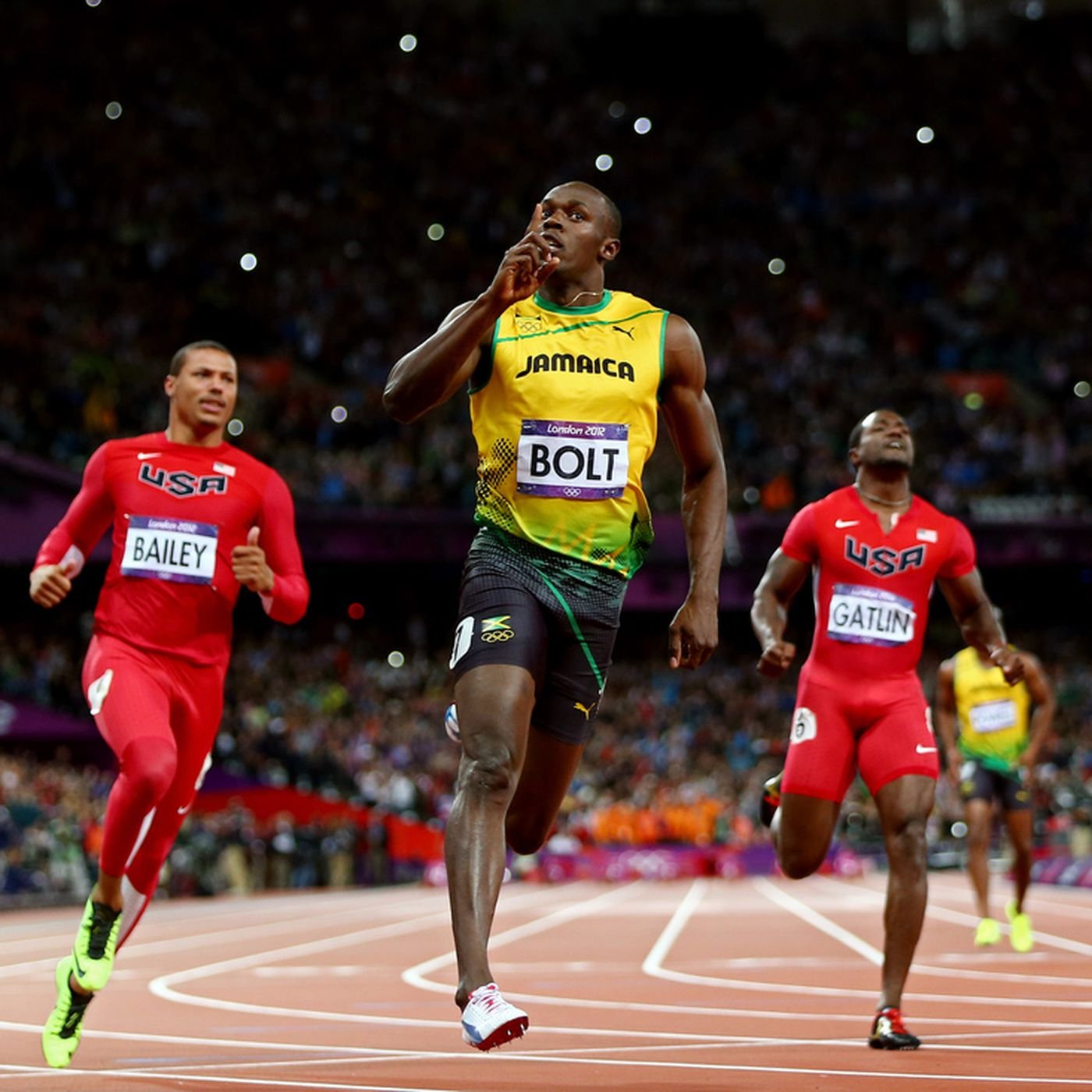How Usain Bolt Ran 9.58 Seconds: Breaking Down the Fastest 100-Meter Record in History

On August 16, 2009, Usain Bolt set the 100-meter world record at 9.58 seconds during the World Championships in Berlin, an achievement that still stands as the fastest sprint ever recorded. This article explores how Bolt achieved this historic feat, breaking down the conditions, technique, and training that made it possible.
On August 16, 2009, Usain Bolt etched his name in history by setting the 100-meter world record at 9.58 seconds during the World Championships in Berlin. This record-breaking performance remains the fastest 100 meters ever run and is a testament to Bolt’s extraordinary athleticism and meticulous preparation. Here’s how he achieved this unparalleled feat.
The conditions in Berlin that evening were ideal for sprinting. The temperature hovered around 77°F (25°C), which is considered optimal for muscle efficiency and explosive power. The track surface, a high-tech Mondo design, provided excellent energy return, allowing Bolt to maximize his stride efficiency. Adding to the atmosphere was a competitive field that included Tyson Gay, who ran 9.71 seconds in the same race, the fastest second-place time in history at that point. This level of competition pushed Bolt to his limits and contributed to his historic performance.
Bolt’s sprinting technique was a key factor in his success. While he wasn’t known for explosive starts, his reaction time of 0.146 seconds in this race was faster than usual, giving him a strong opening. His towering 6-foot-5 frame allowed him to cover the 100 meters in just 41 strides, compared to the average 45 strides taken by most elite sprinters. His ability to maintain efficient stride length and frequency set him apart, particularly as he hit his top speed of 27.8 miles per hour (44.72 km/h) between the 60-80 meter mark. This phase of the race, where Bolt was effectively flying down the track, was where he gained an unassailable lead.
The preparation behind Bolt’s performance was just as impressive as the race itself. Under the guidance of his coach Glen Mills, Bolt underwent a rigorous training regimen designed to enhance explosive power, endurance, and biomechanics. His training included weightlifting and plyometrics to build the strength necessary for rapid acceleration. High-intensity 200-meter sprints helped him develop speed endurance, enabling him to sustain his velocity through the final meters of the race. Bolt and his team also worked tirelessly on optimizing his biomechanics, refining his stride and running efficiency to ensure that every ounce of effort translated into speed.
Bolt’s 9.58-second performance can be broken into three critical phases. The start, often considered his weakest point, was solid in this race, thanks to his quick reaction time. His acceleration phase, where he began to separate from the pack, was powered by his immense strength and long strides. Finally, his ability to sustain top-end speed over the last 20 meters, a hallmark of his sprinting dominance, ensured his victory. Remarkably, Bolt even glanced at the clock and celebrated before crossing the finish line, suggesting he might have been able to shave off more time if he had maintained full focus.
This world record was not just a reflection of Bolt’s physical attributes but also his mental strength and ability to rise to the occasion. It represented the culmination of years of dedication, talent, and innovation in training. Bolt’s 9.58 seconds stands as a benchmark of human potential, inspiring athletes and fans alike. Even over a decade later, it remains the gold standard in sprinting.






























